Well, Dear Reader, this has been quite the leg of our journey through the Prairies. I’ve followed Karl for 1400 kilometres from Emerson, Manitoba, south into the United States then northwest to Waterton National Park, Alberta.
On August 25 1899, when Karl arrived in Winnipeg, the capital city of Manitoba, it was one-eighteenth of its current area and known as the “postage stamp province”. But the west was expanding, thanks to the prosperity from grains, fur trapping, and the arrival of the railway. With promises of “cheap living, good climate, free education and land”, more than two million immigrants arrived. Sadly, many who came to work were exploited and lived in poverty, or, like the Chinese labourers, lost their life due to unsafe working conditions. We visited the Canadian Museum for Human Rights in Winnipeg as a reminder that we need to do better, considering all human rights, and not repeat past mistakes.
Upon leaving Winnipeg, Karl and I continued west but only after my visit to neighbouring Saint-Boniface, Winnipeg’s francophone neighbourhood. Then I stopped briefly, to get a selfie with a giant CokeTM can before trespassing, I mean exploring the Fort La Reine Museum on the outskirts of Portage la Prairie. The outdoor museum has buildings, homes, and artifacts of Prairie life in the 19th century — a great depiction of what Karl would have observed when cycling through this area.
As we proceeded into what was Assiniboia, North-West Territories and more familiar to us as Wolseley, Saskatchewan, Karl wrote a letter to his sister sharing that he had seen lots of prairie dogs and wolves as well as ducks, plover, snipe and prairie chickens. Today we don’t have any prairie chickens in Canada so in keeping with my mission, I went to see the “World's Largest Prairie Chicken.”
Karl and I both stopped in Qu’Appelle, Saskatchewan. He was referenced in the ‘big green book’ that documented the history of the district and his visit there in 1899. I was thrilled to read about that and could almost feel Karl’s presence in this small town.
After passing through Regina and stopping for a tour of the legislative building, we kept travelling west through the Canadian Prairies to Moosejaw, where Karl encountered “10,000 mosquitoes” and I encountered Mac the Moose! And although Karl got lost, I continued through to Medicine Hat and then Lethbridge, Alberta, stopping to take a lot of photographs of the Lethbridge trestle bridge. Built 10 years after Karl passed by, the bridge continues to be the longest and highest of its type in the world.
Finally for this leg of the journey, although I didn’t get lost, I did get sidetracked wanting to stop where the prairies of Alberta meet the peaks of the Rocky Mountains in Waterton Lakes National Park.
I hope you enjoyed this part of the journey through the Prairies — did you have a favourite story? Please share in the comments and consider sending the story to a friend to subscribe.
Stay tuned next week for Leg 7, as we start our travels through Northern Europe.
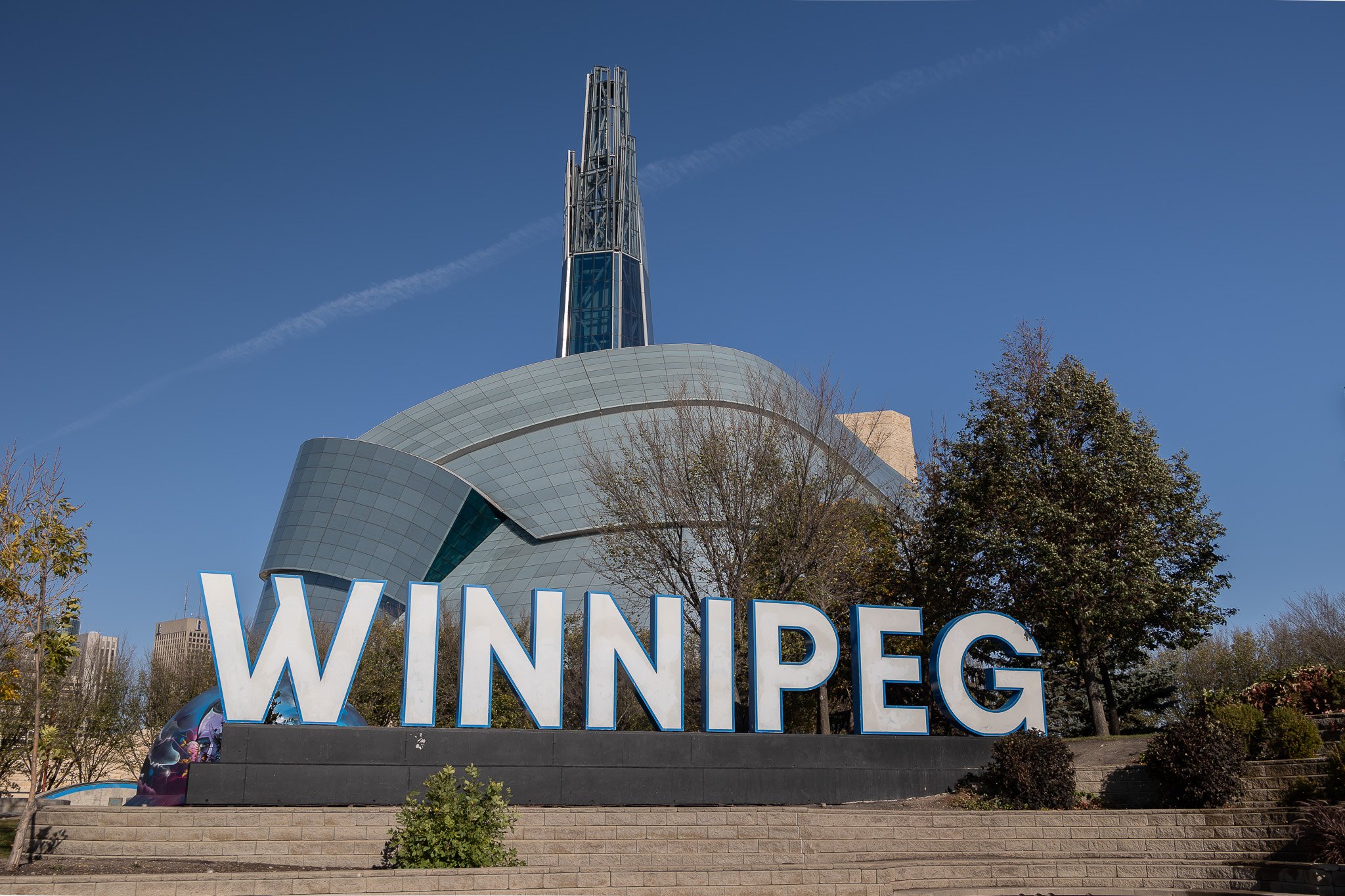
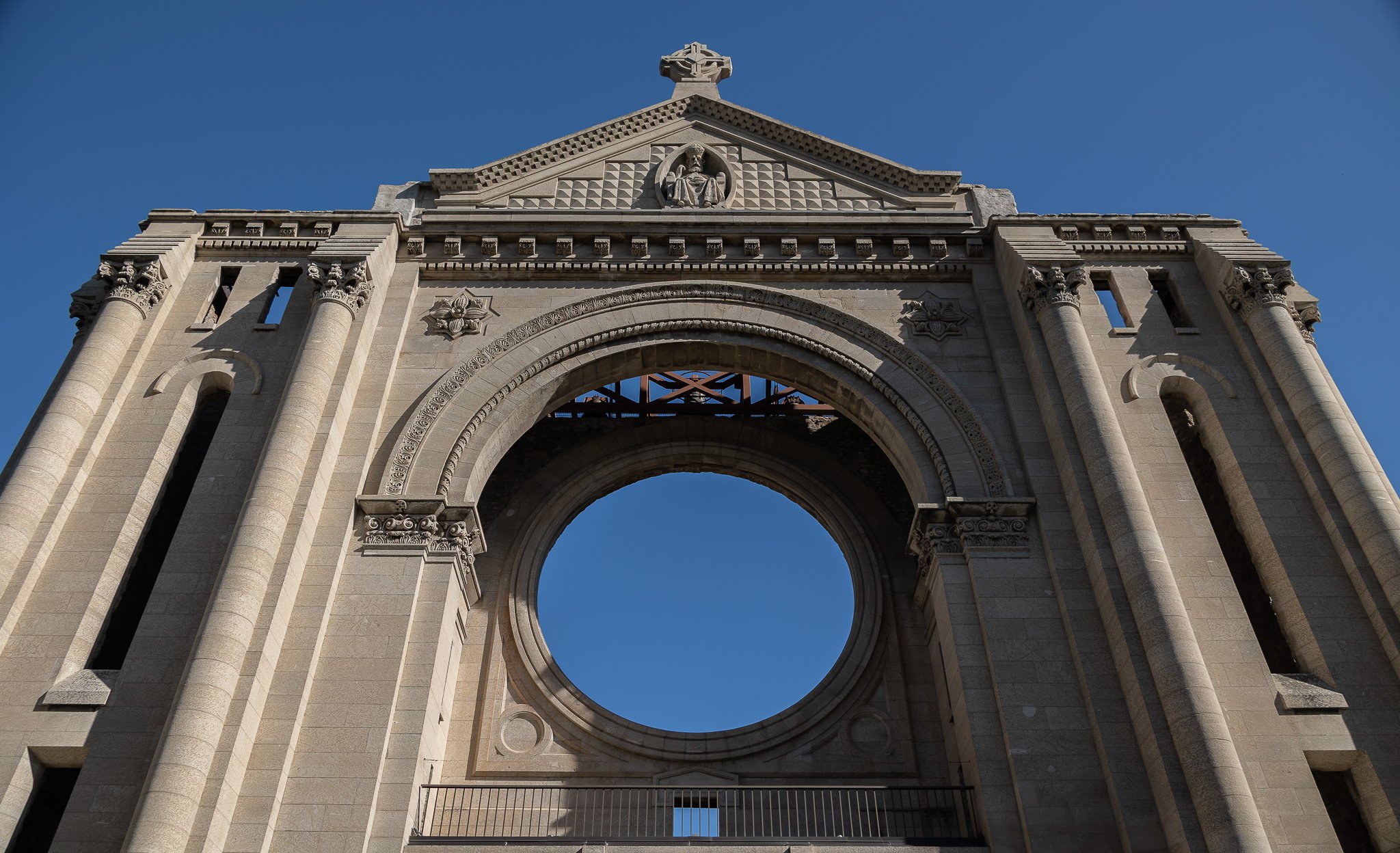
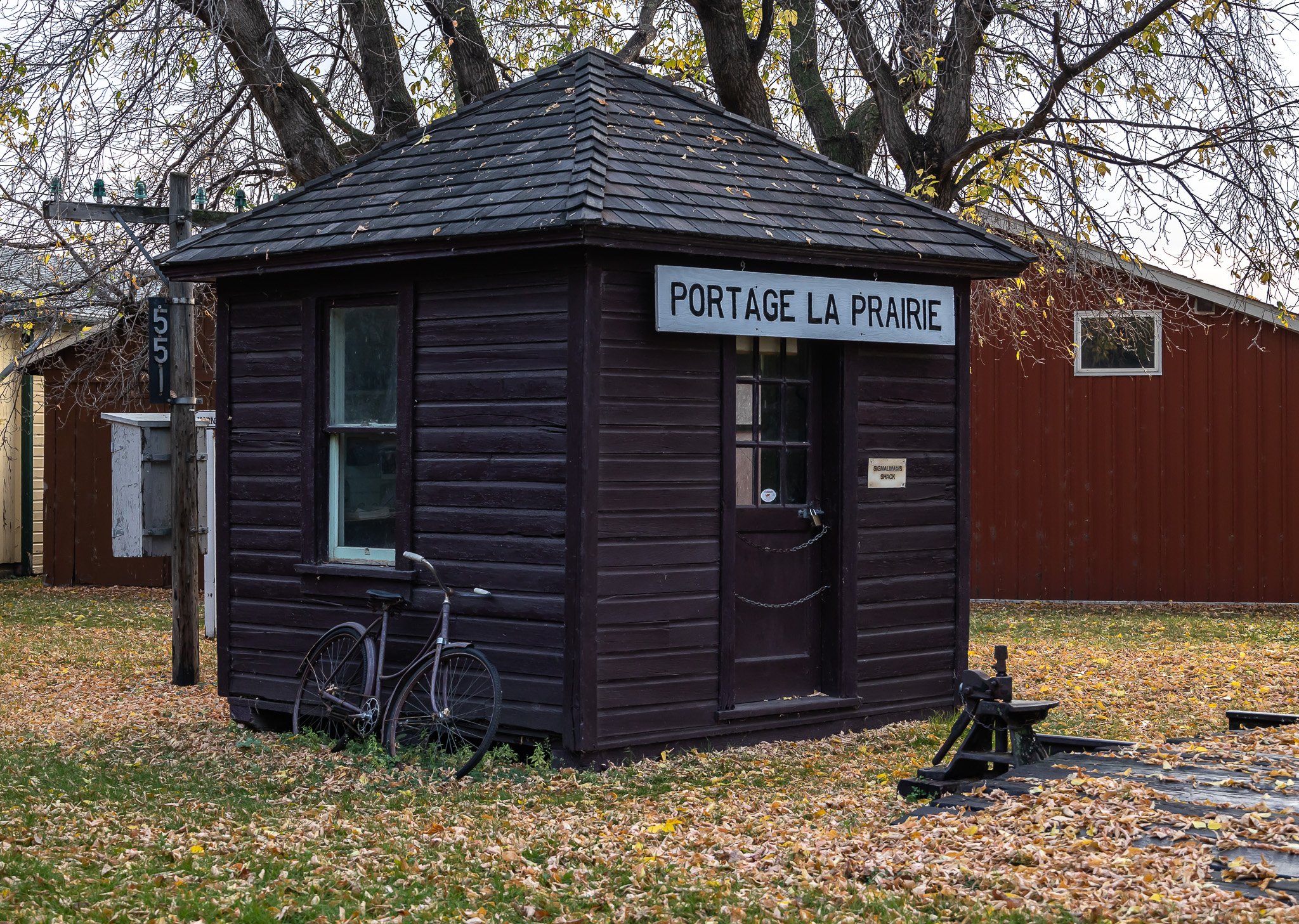
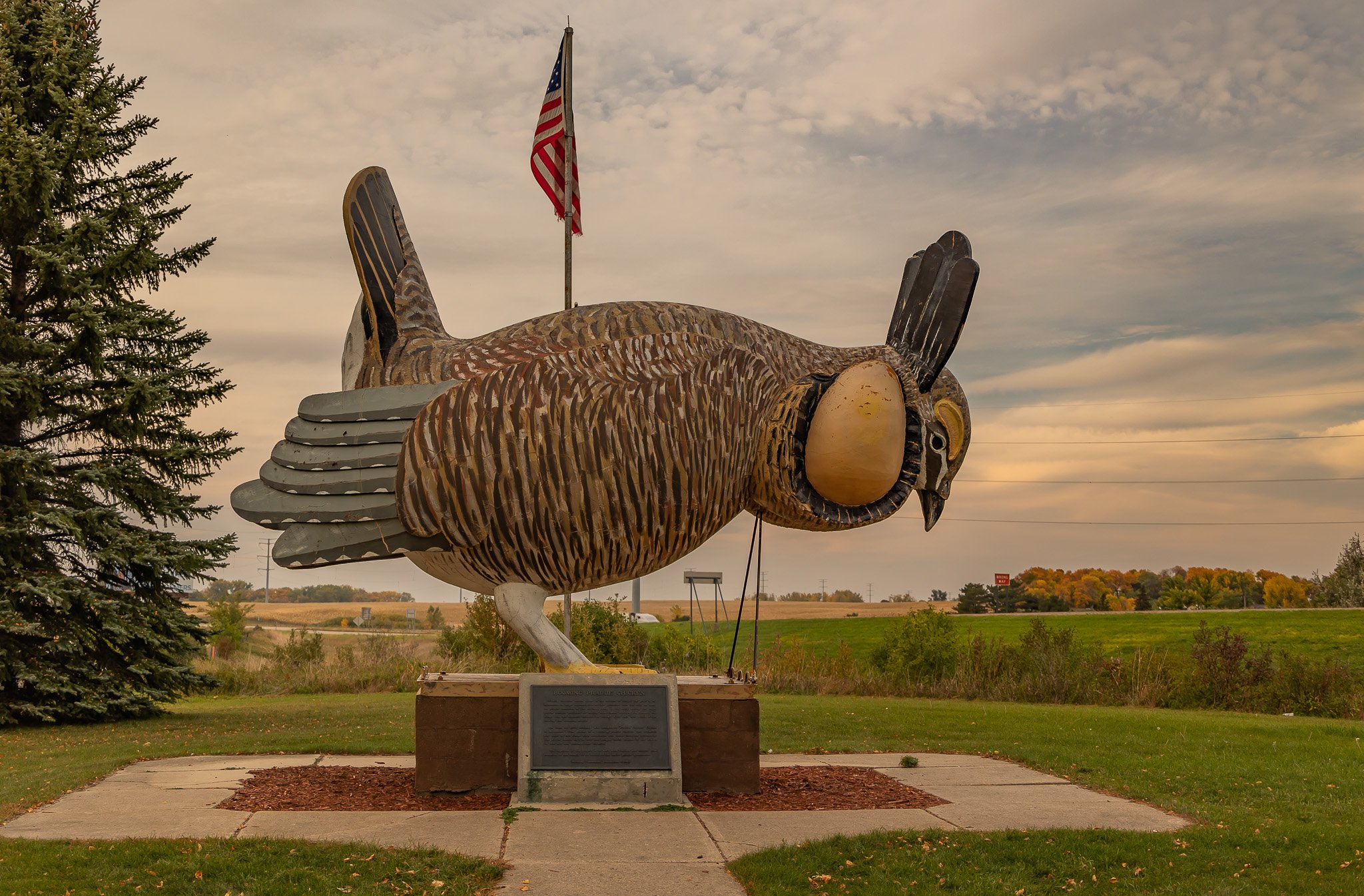
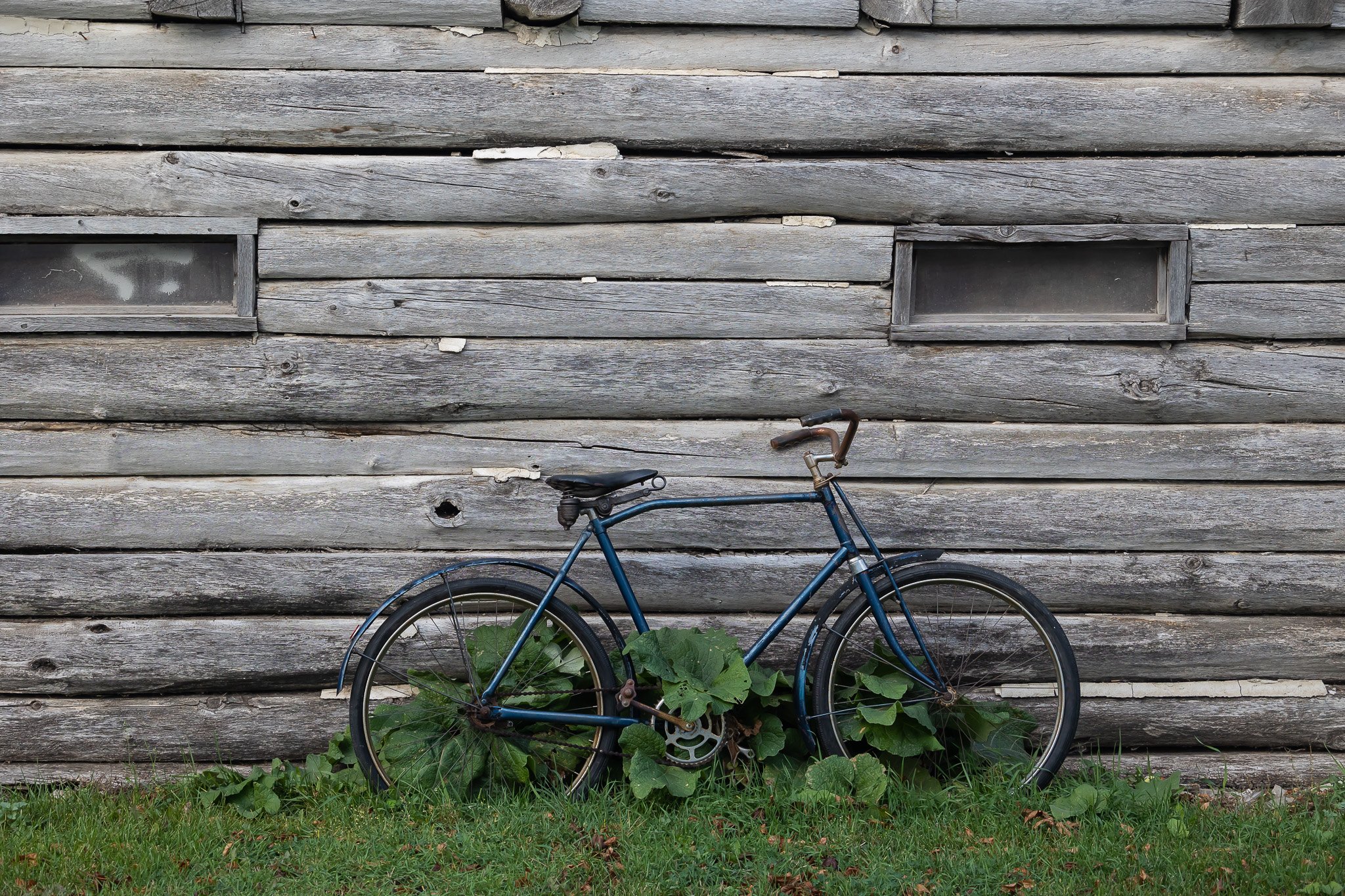
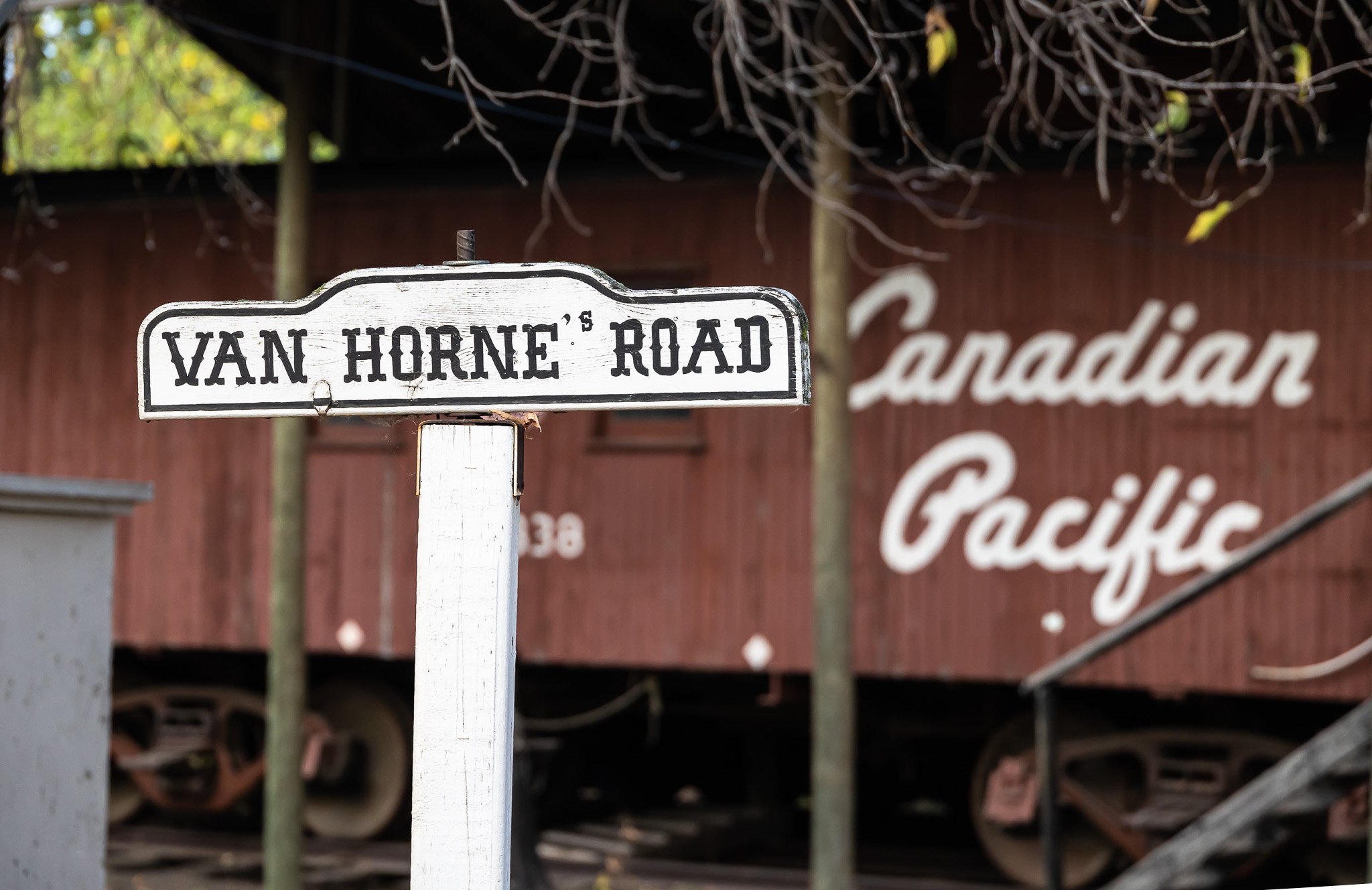
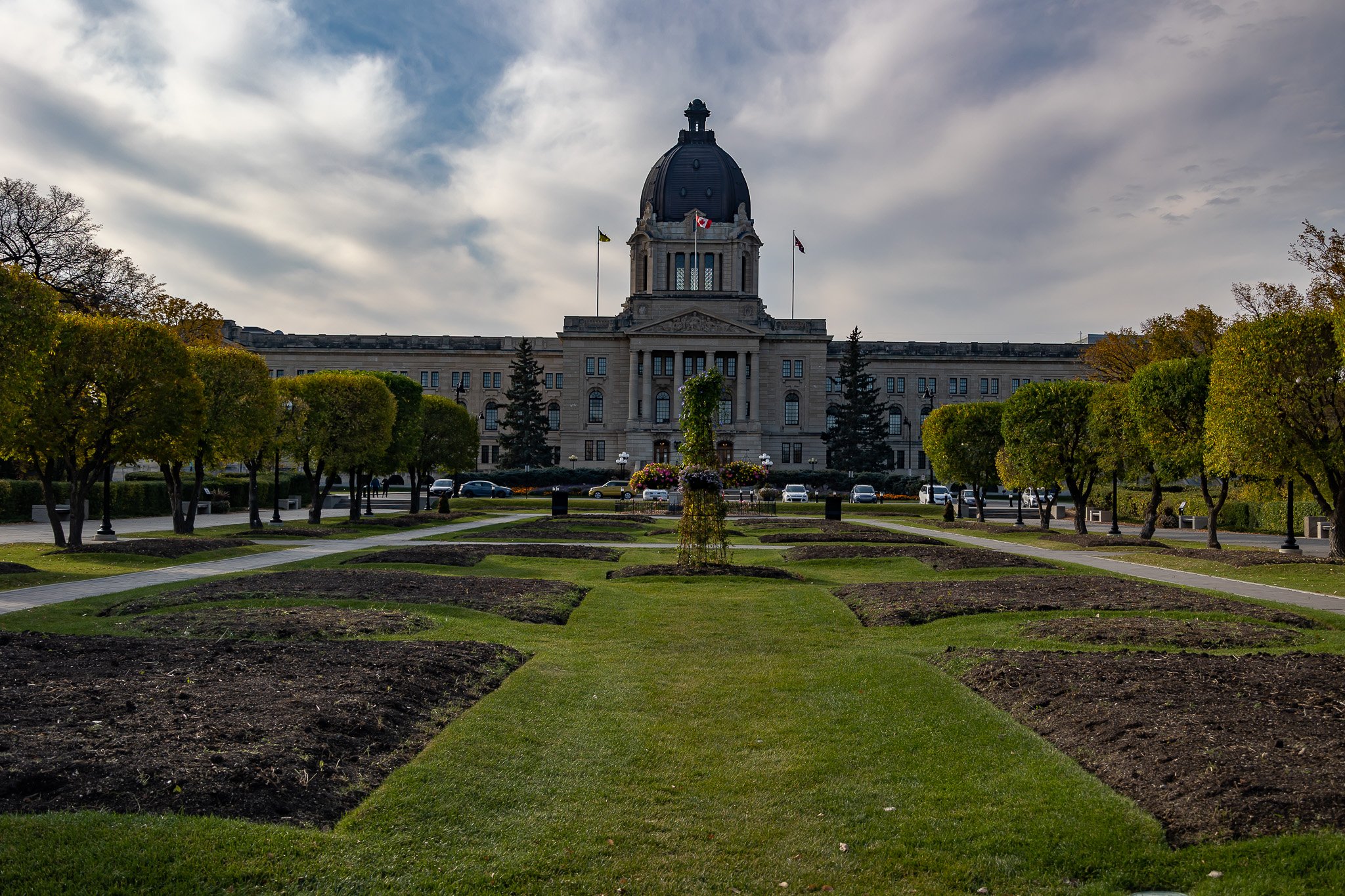

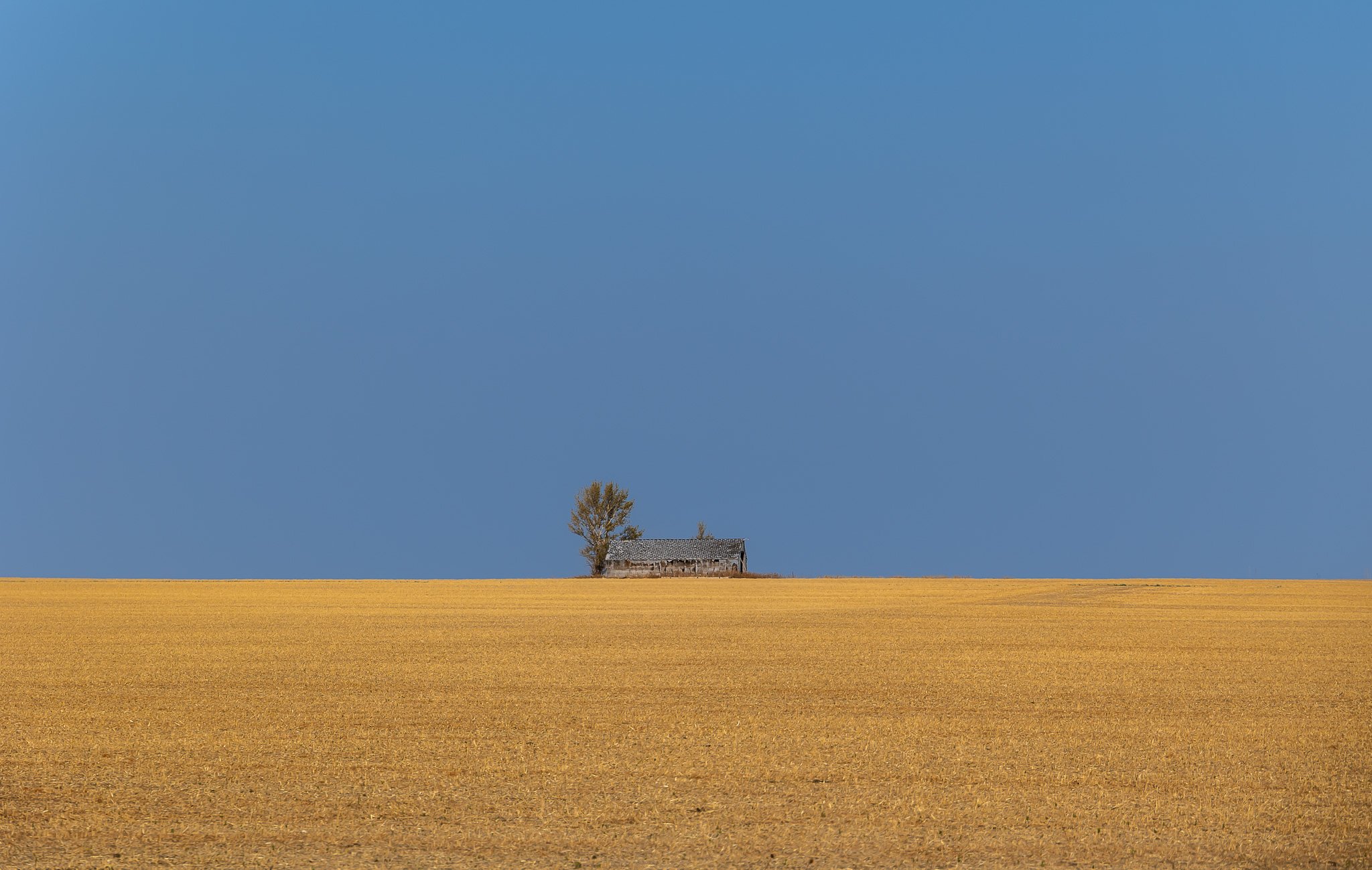

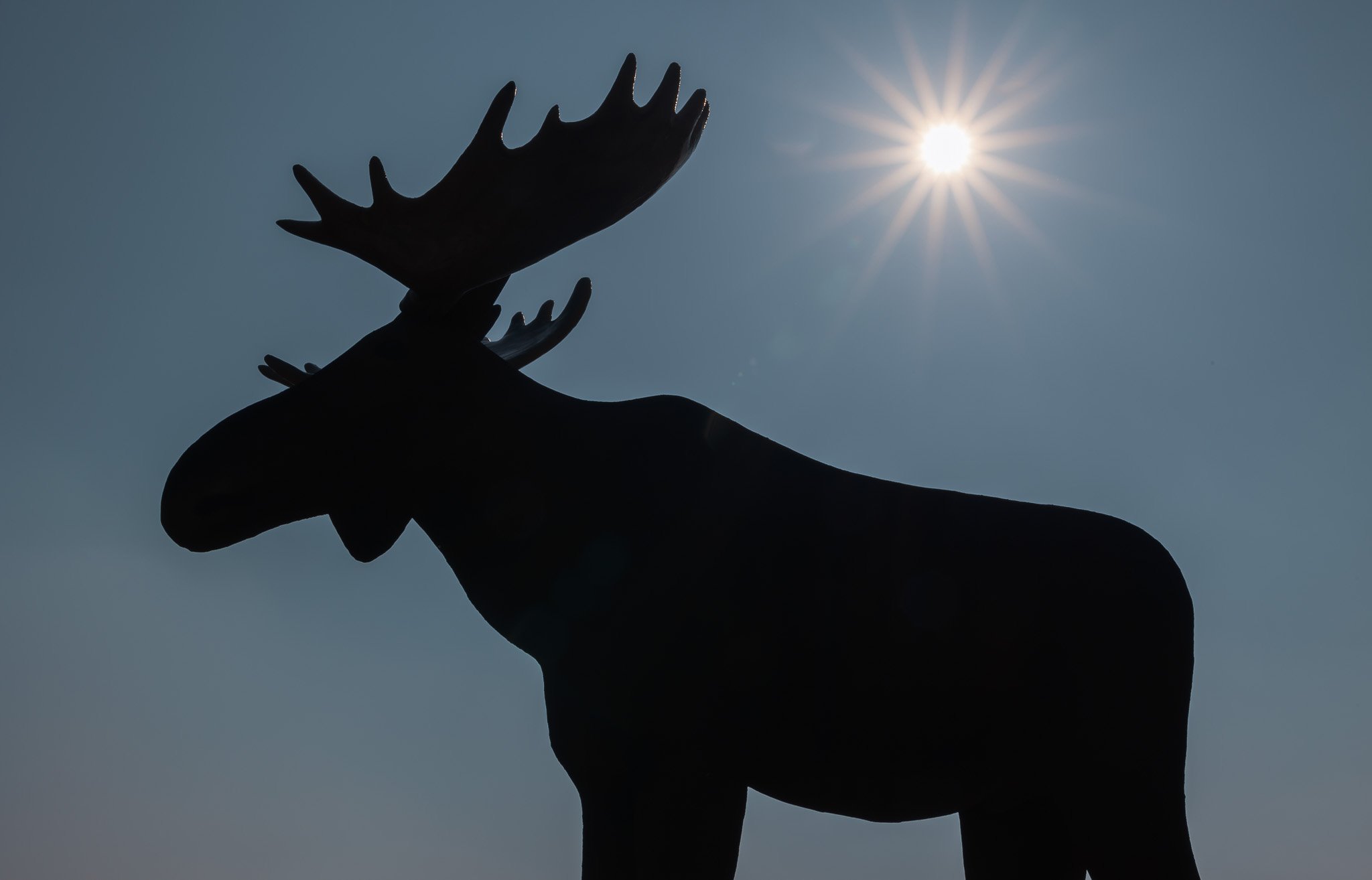
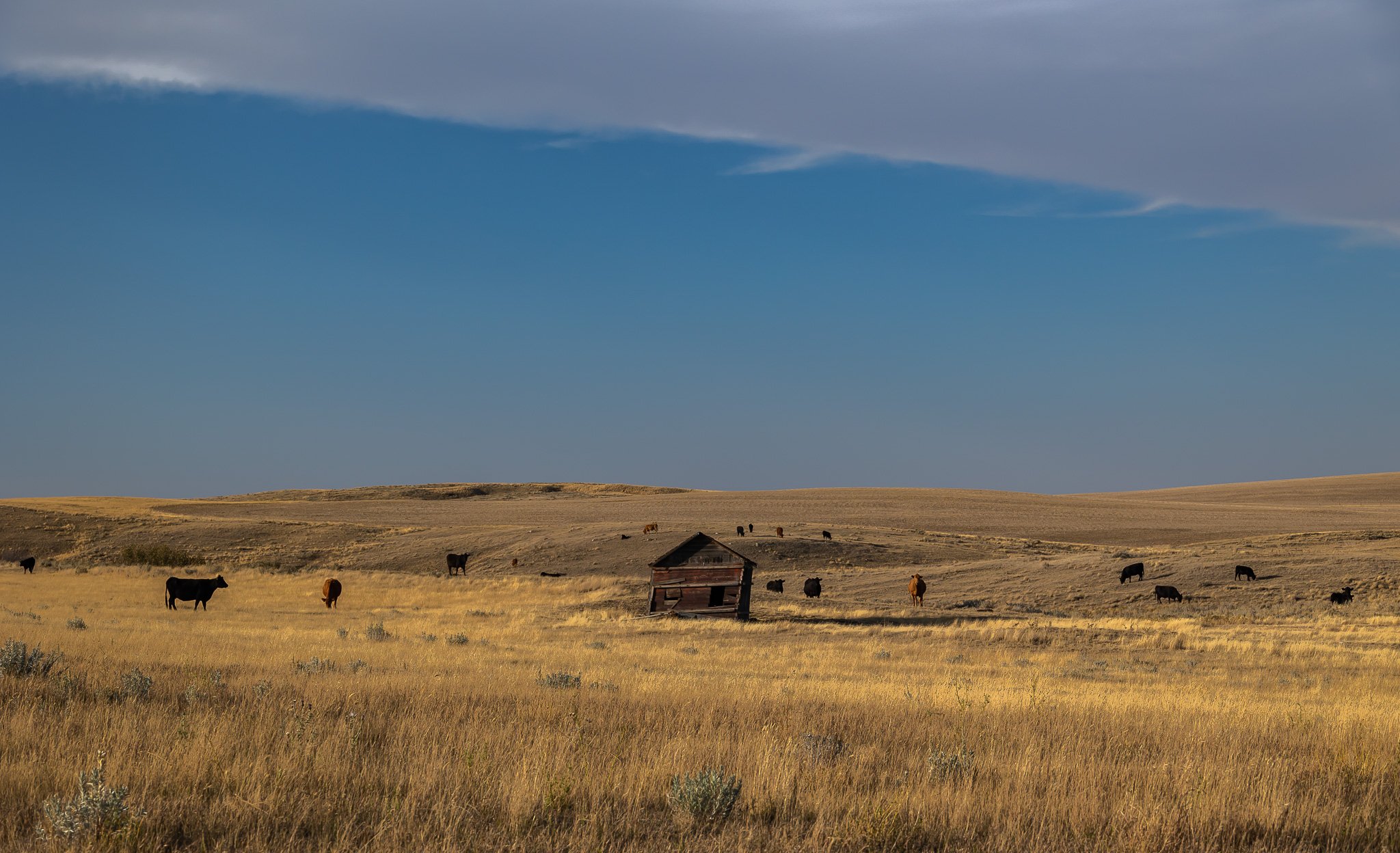
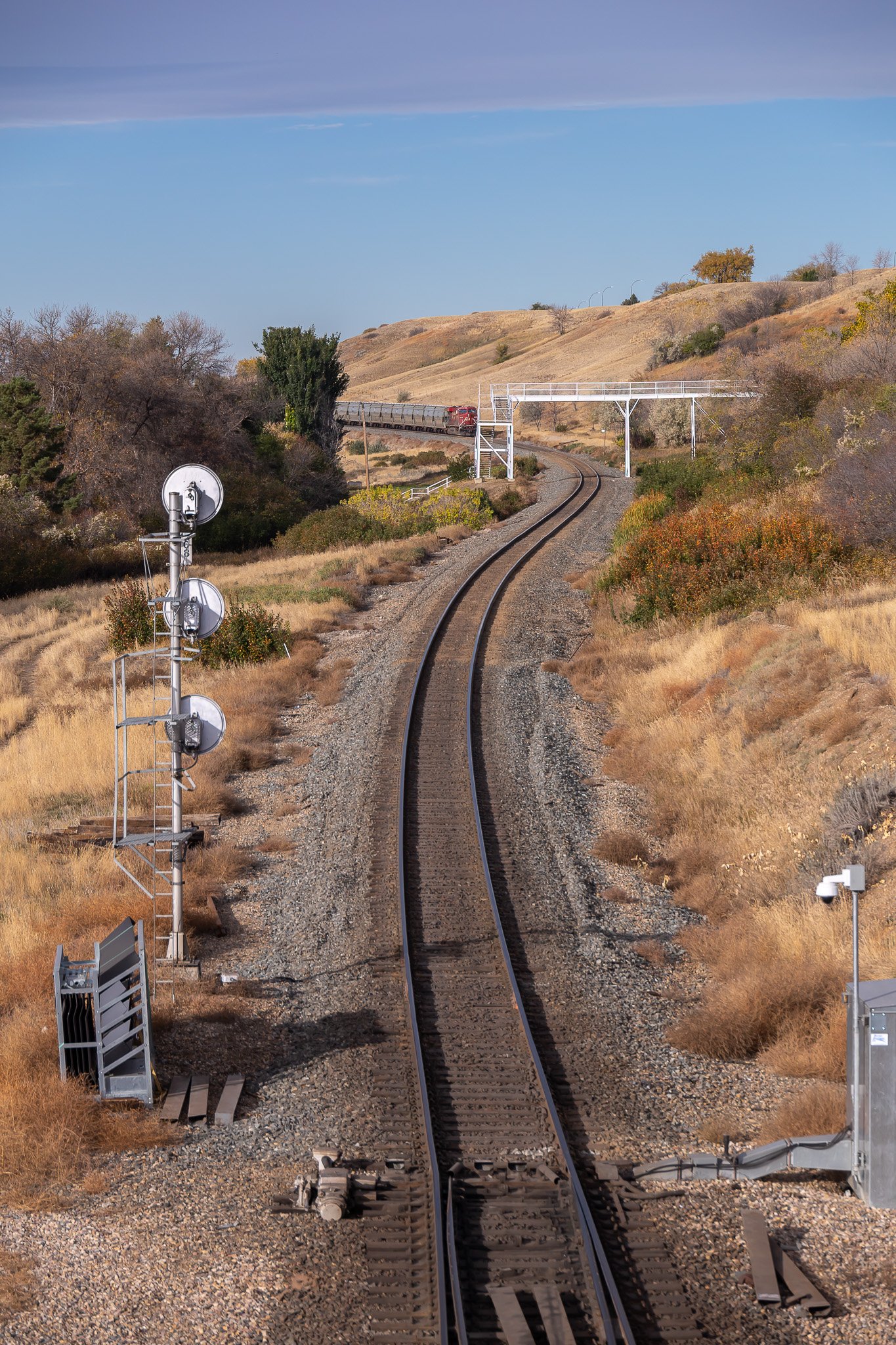
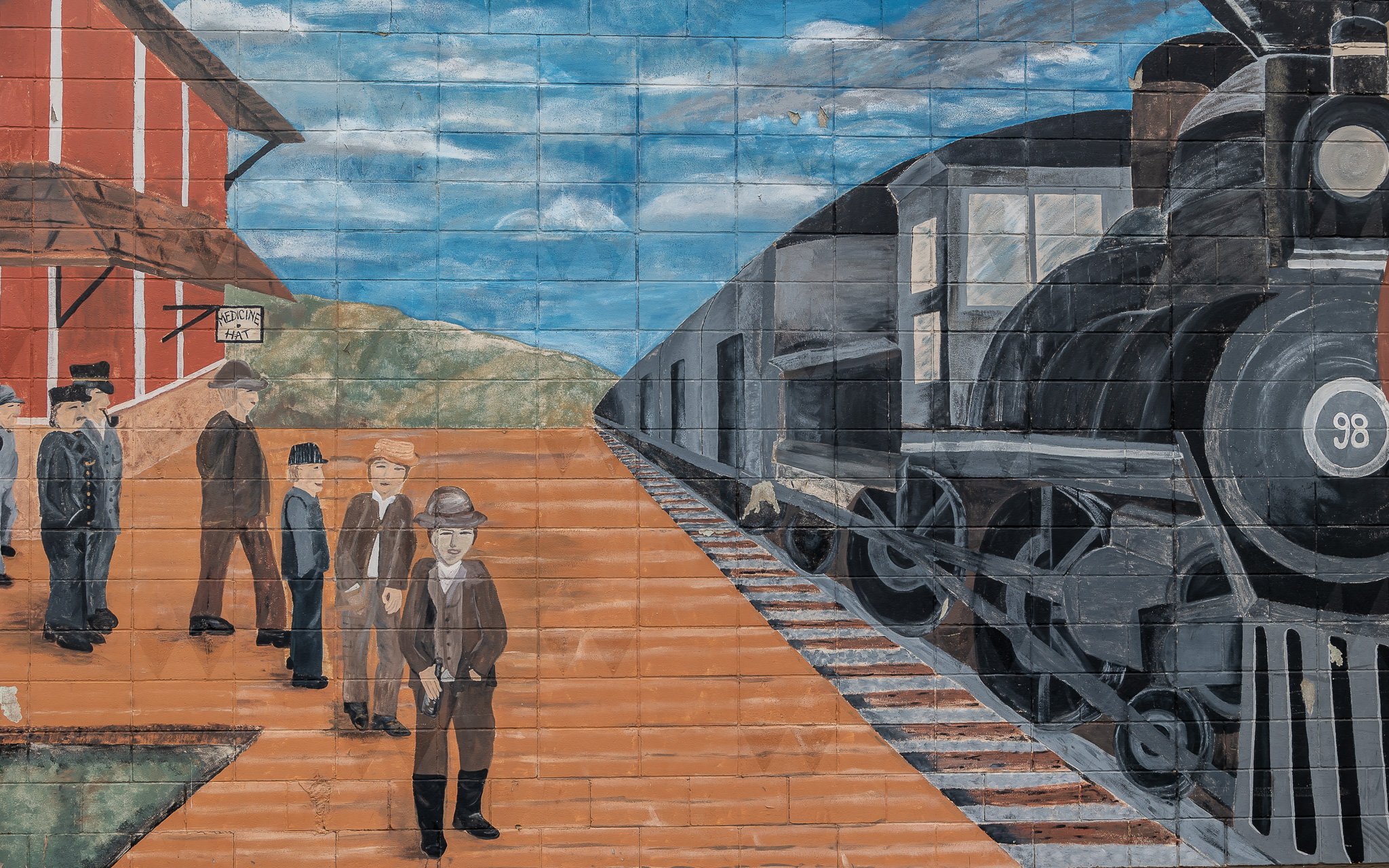
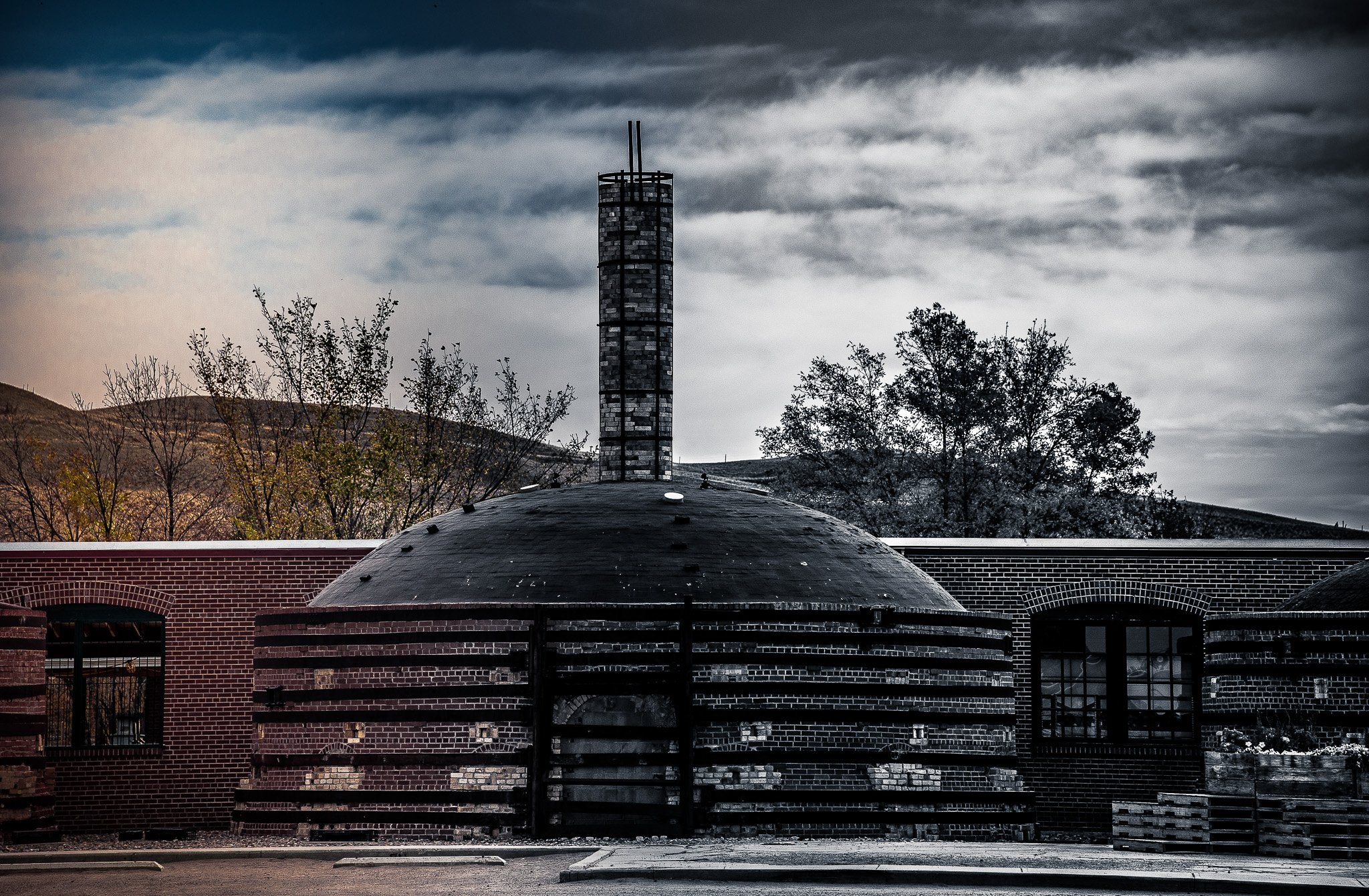

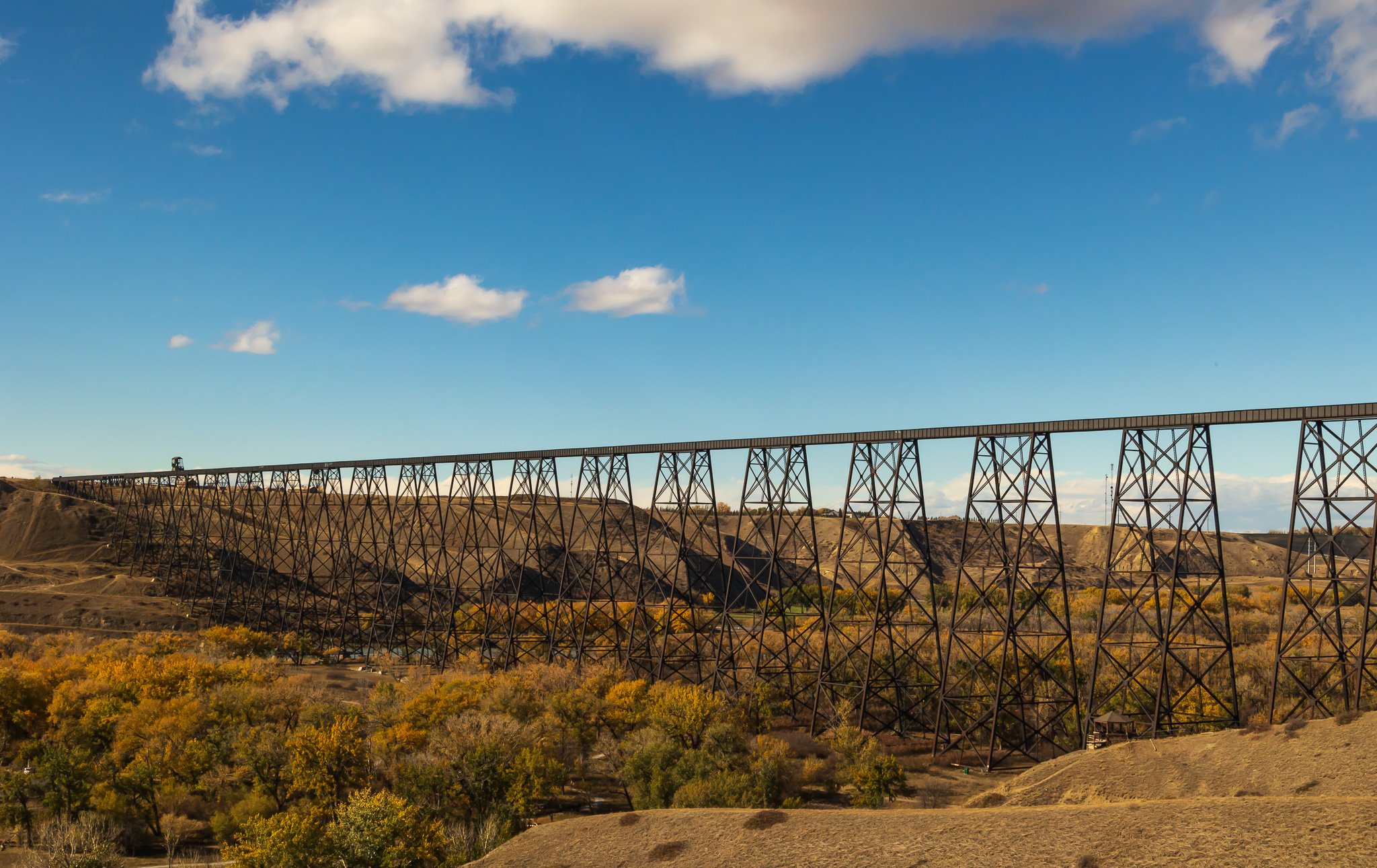

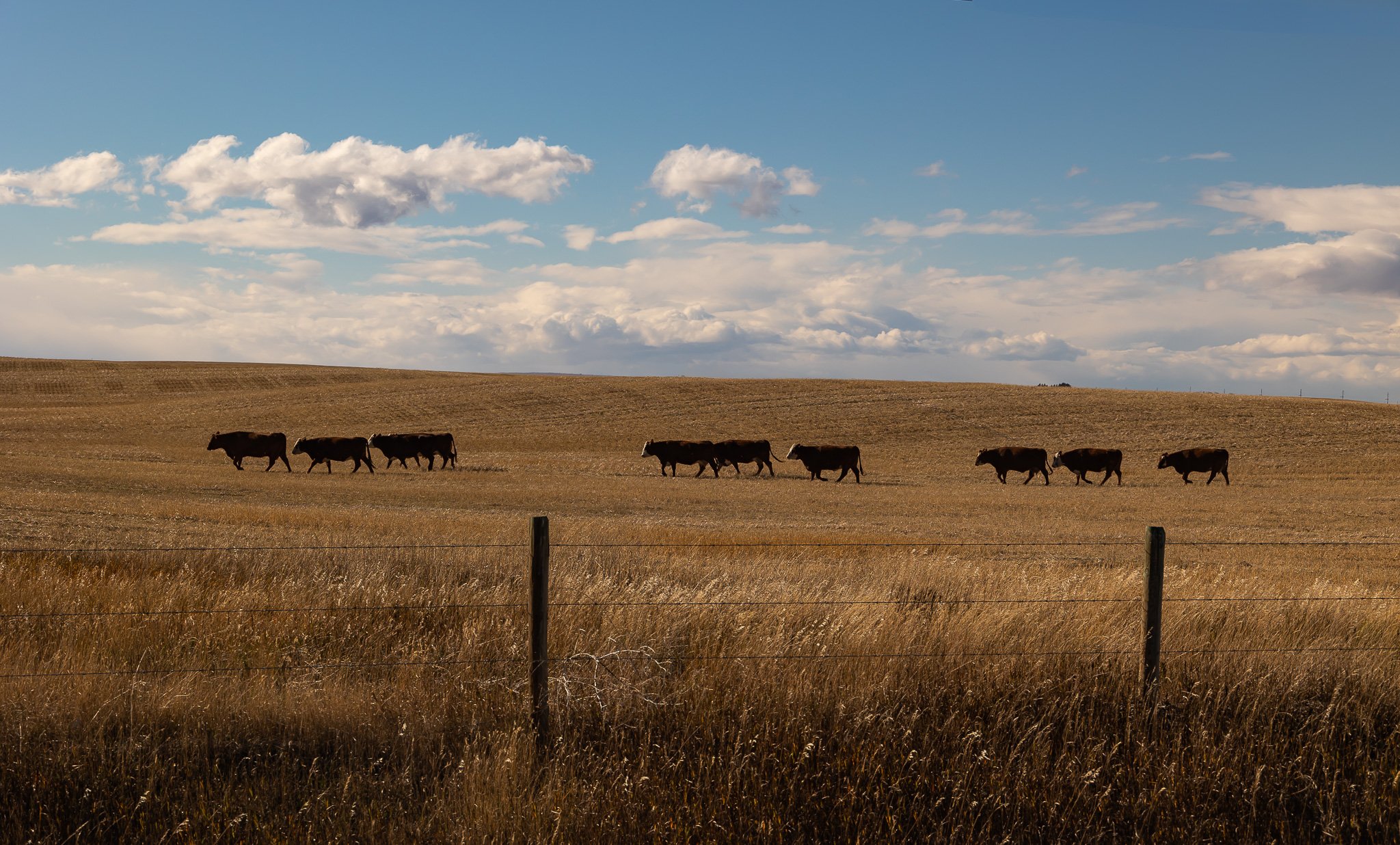
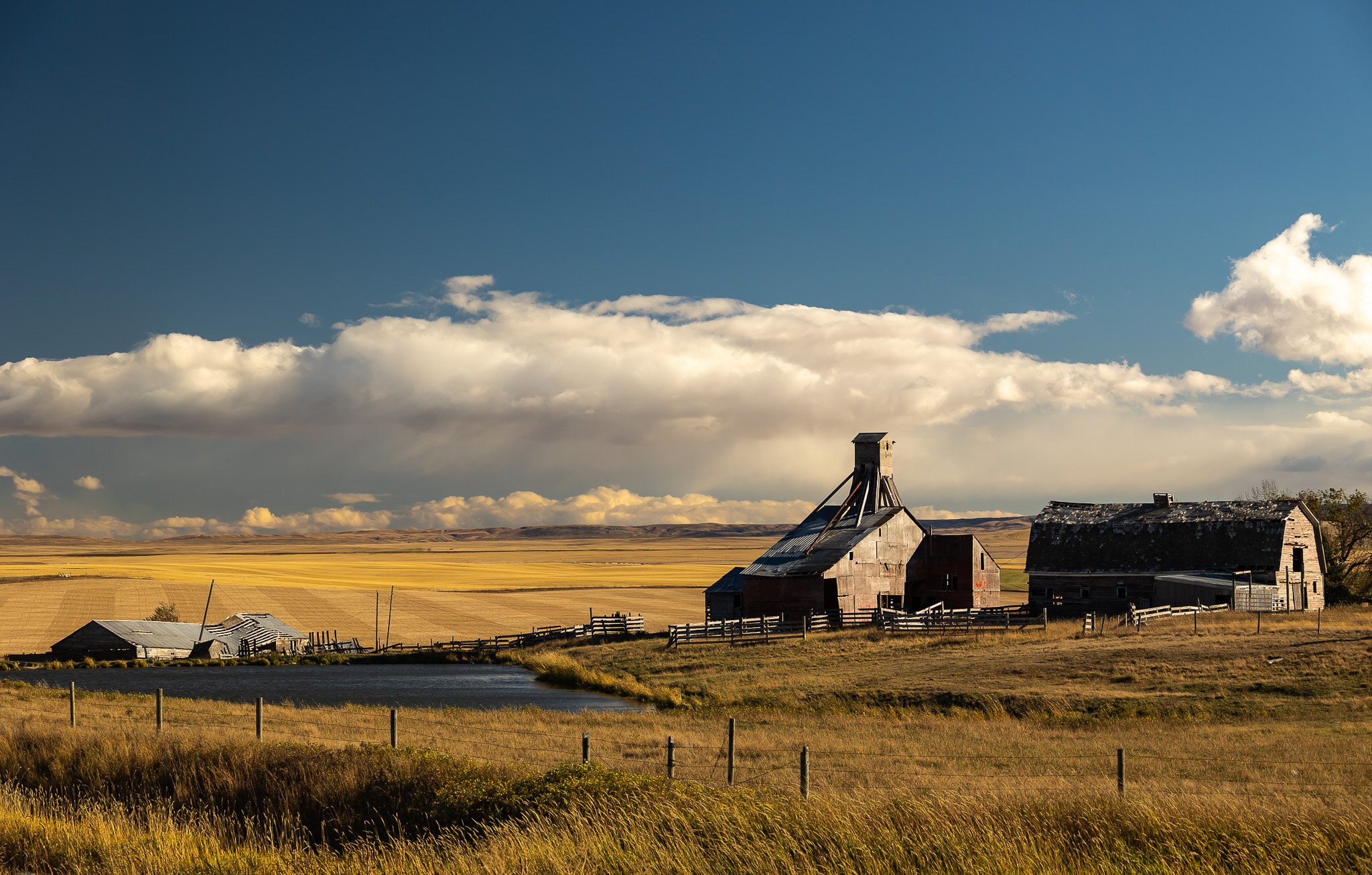
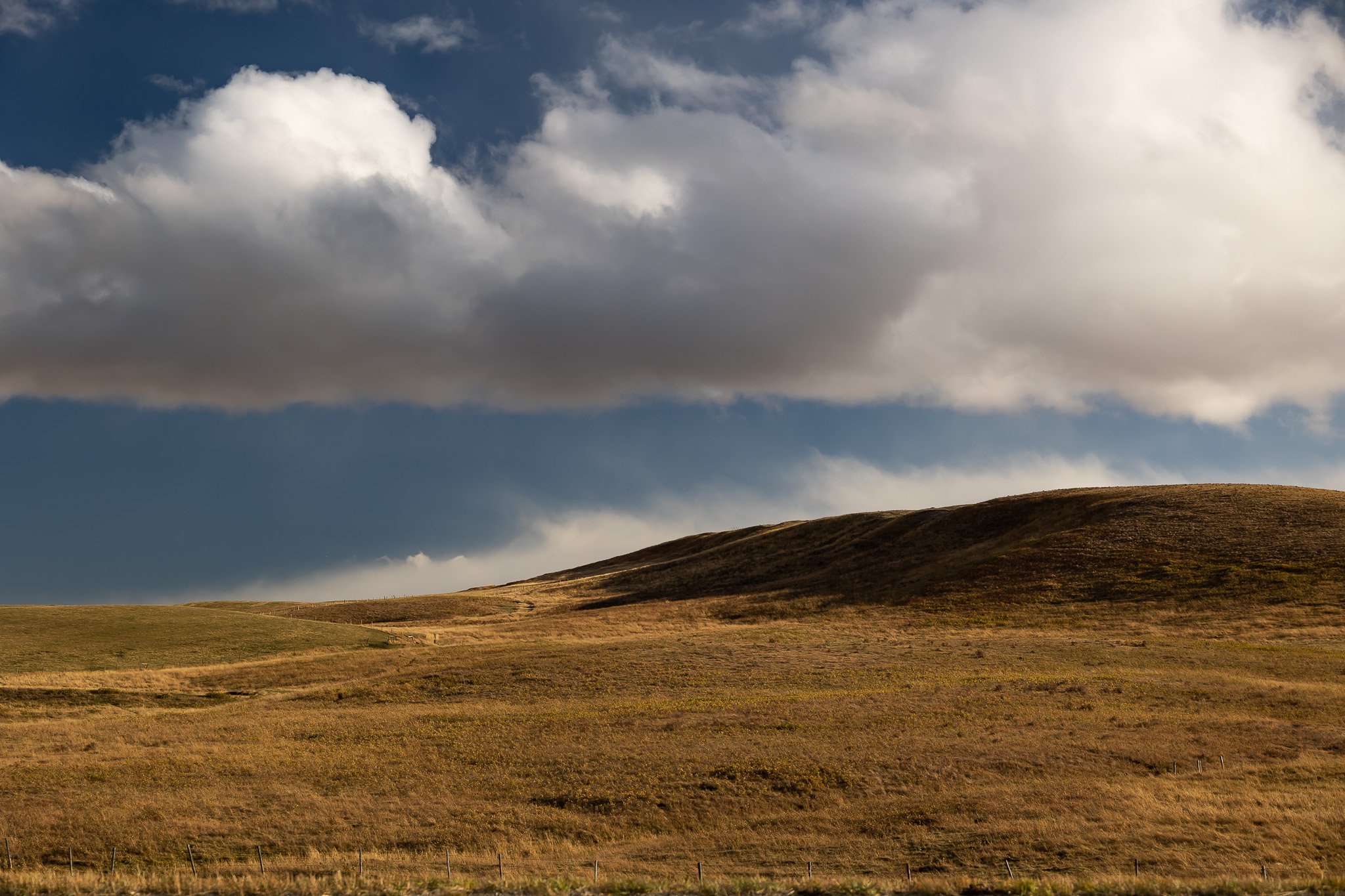
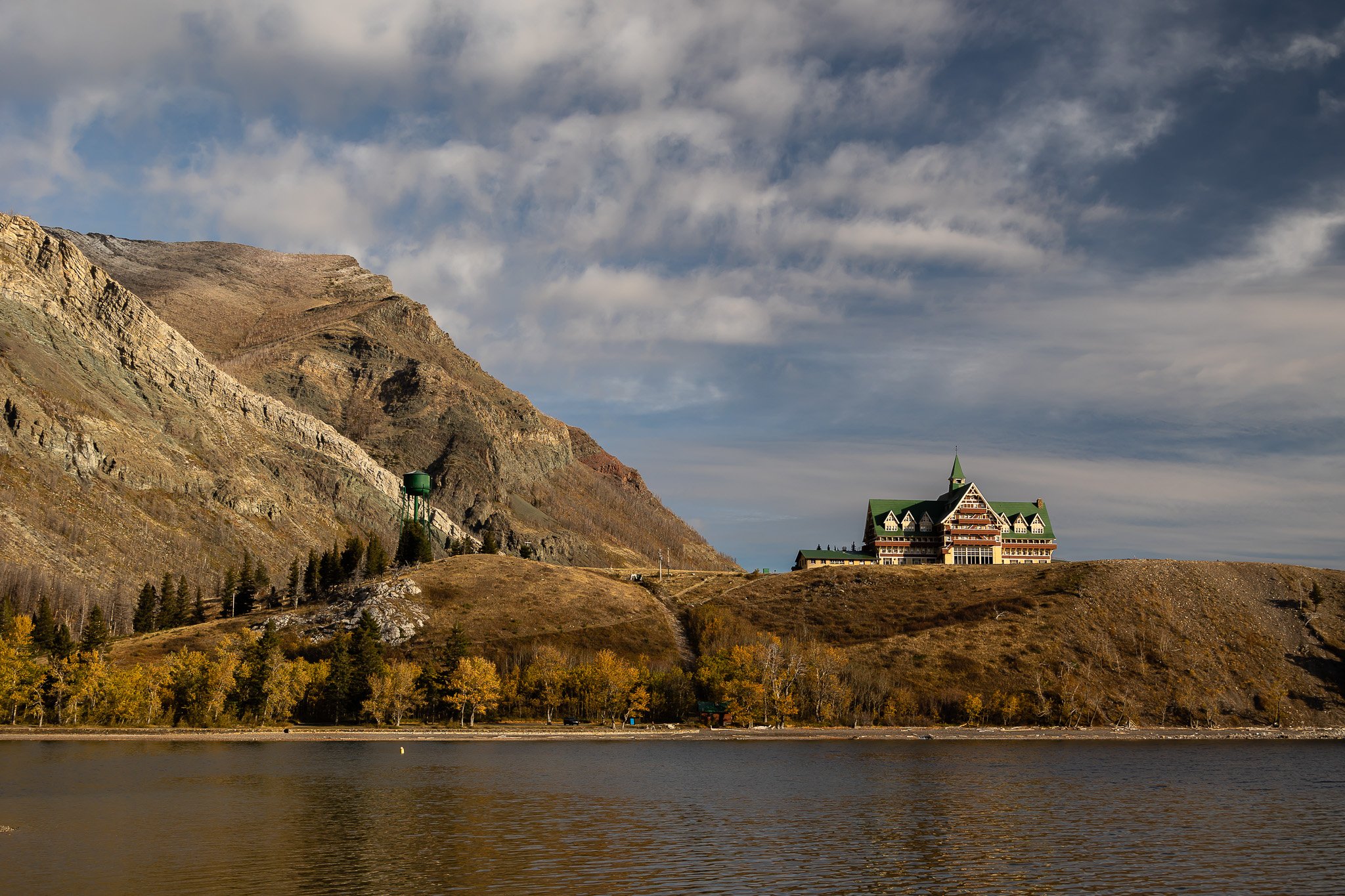
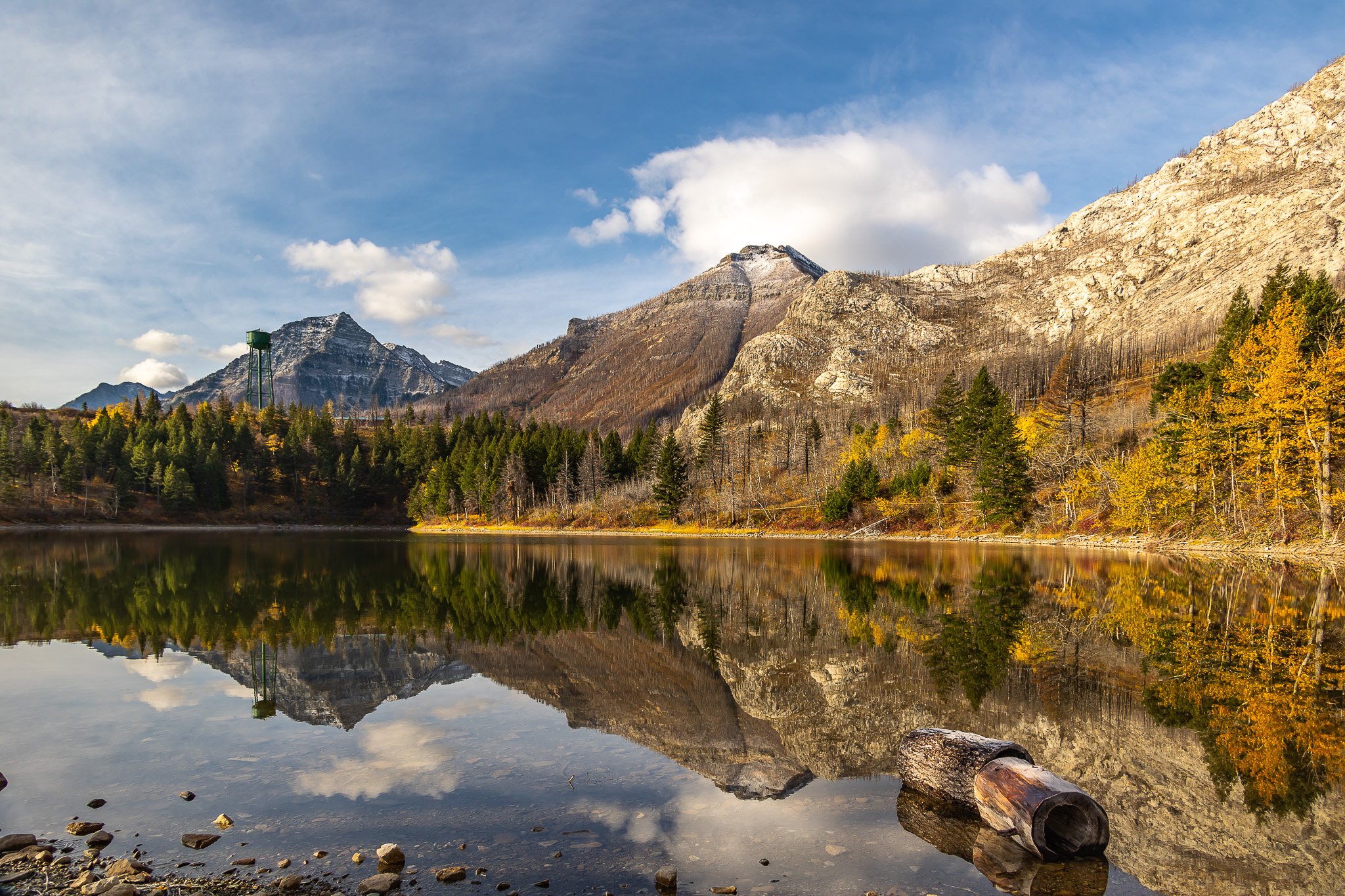
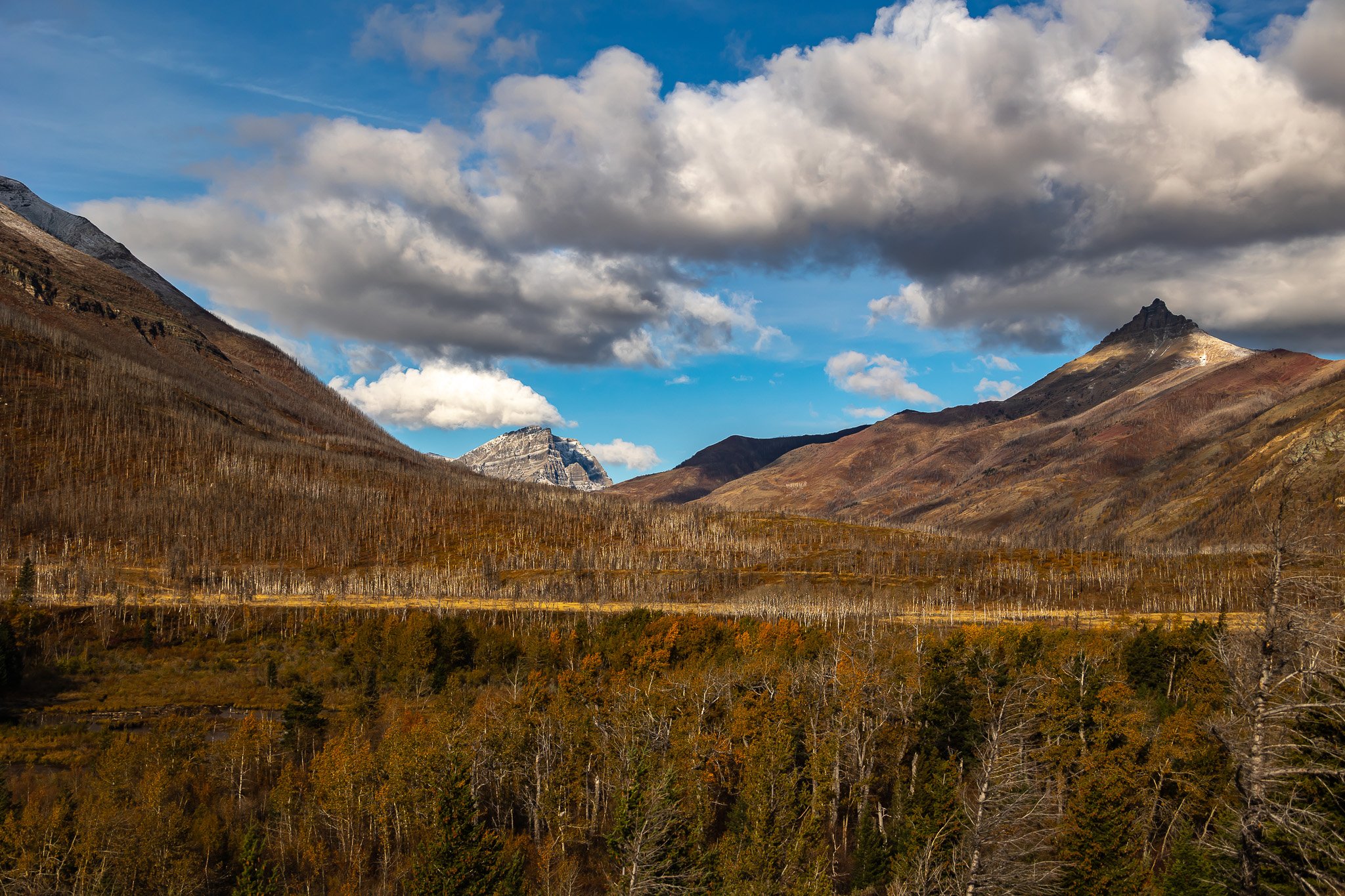
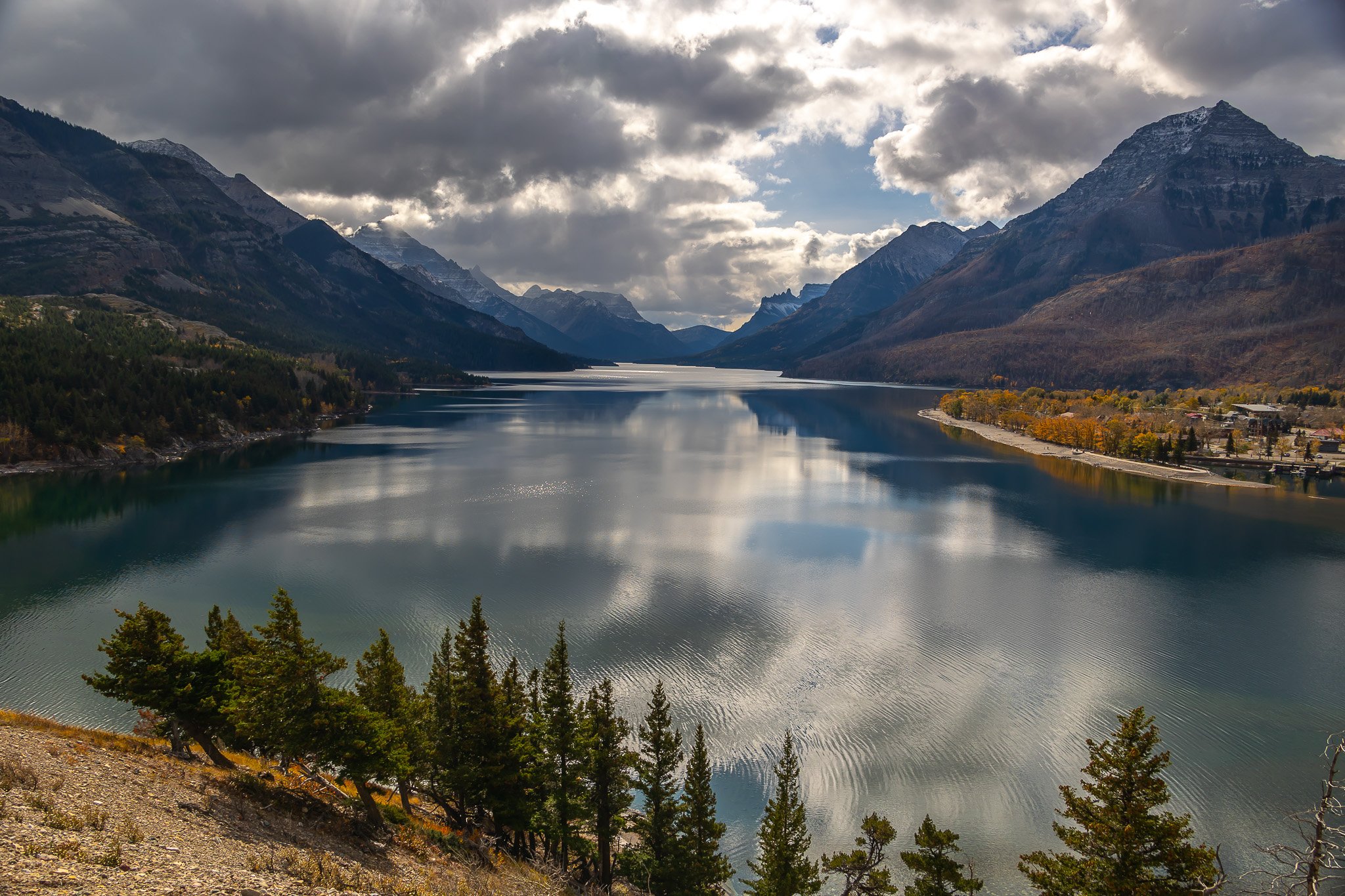
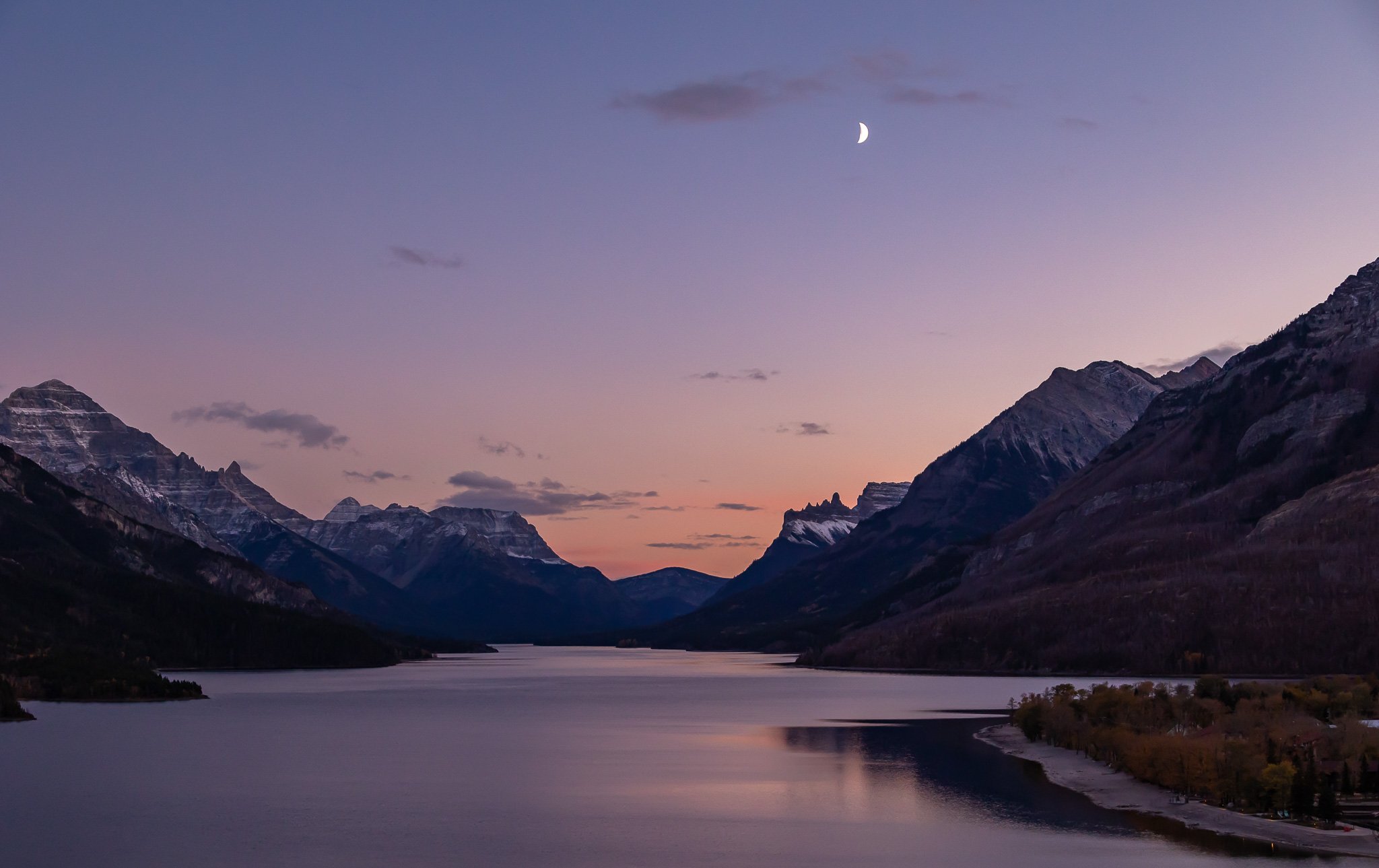
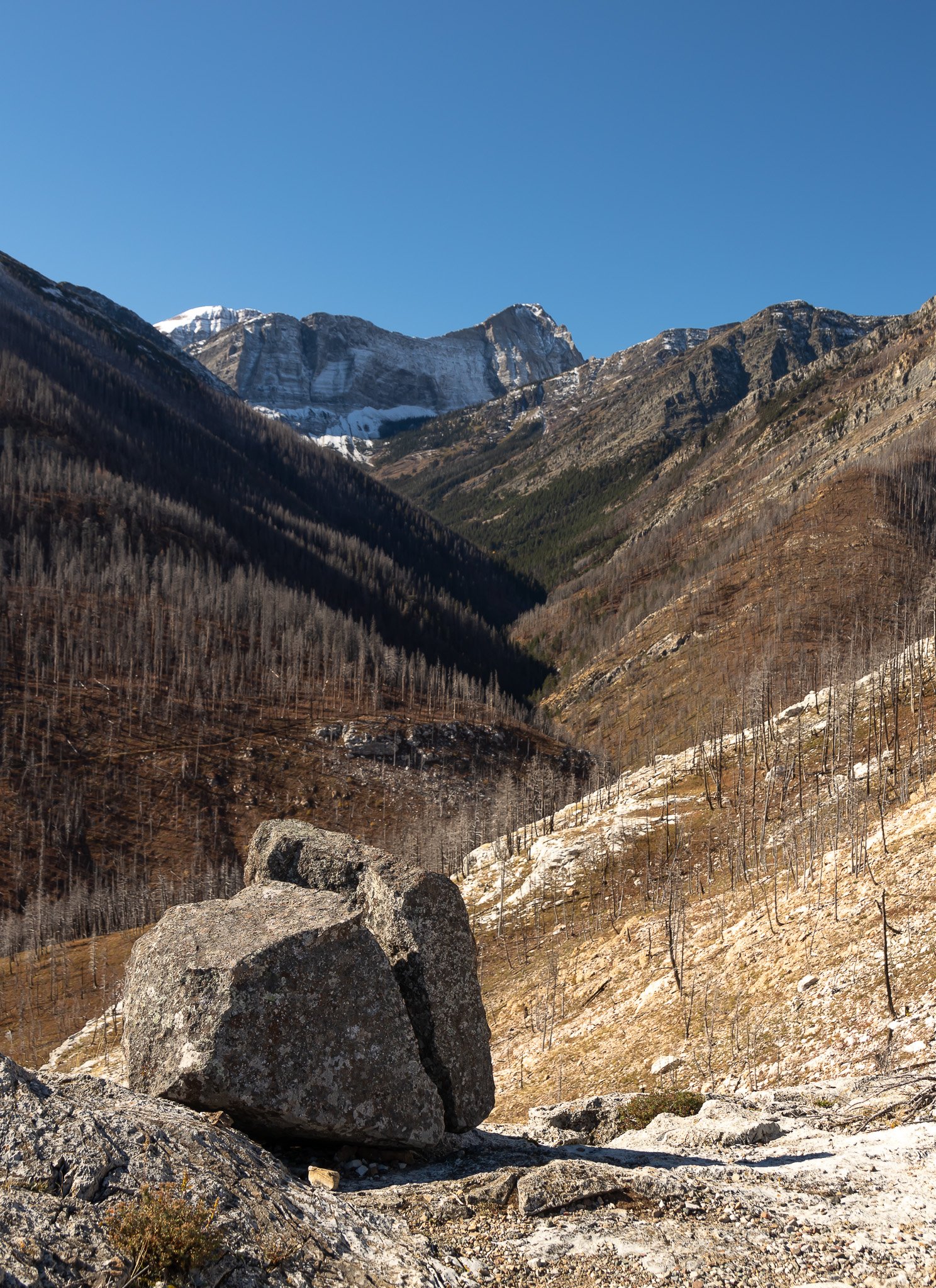
In case you’ve missed them, click here for more Karl Chronicles
